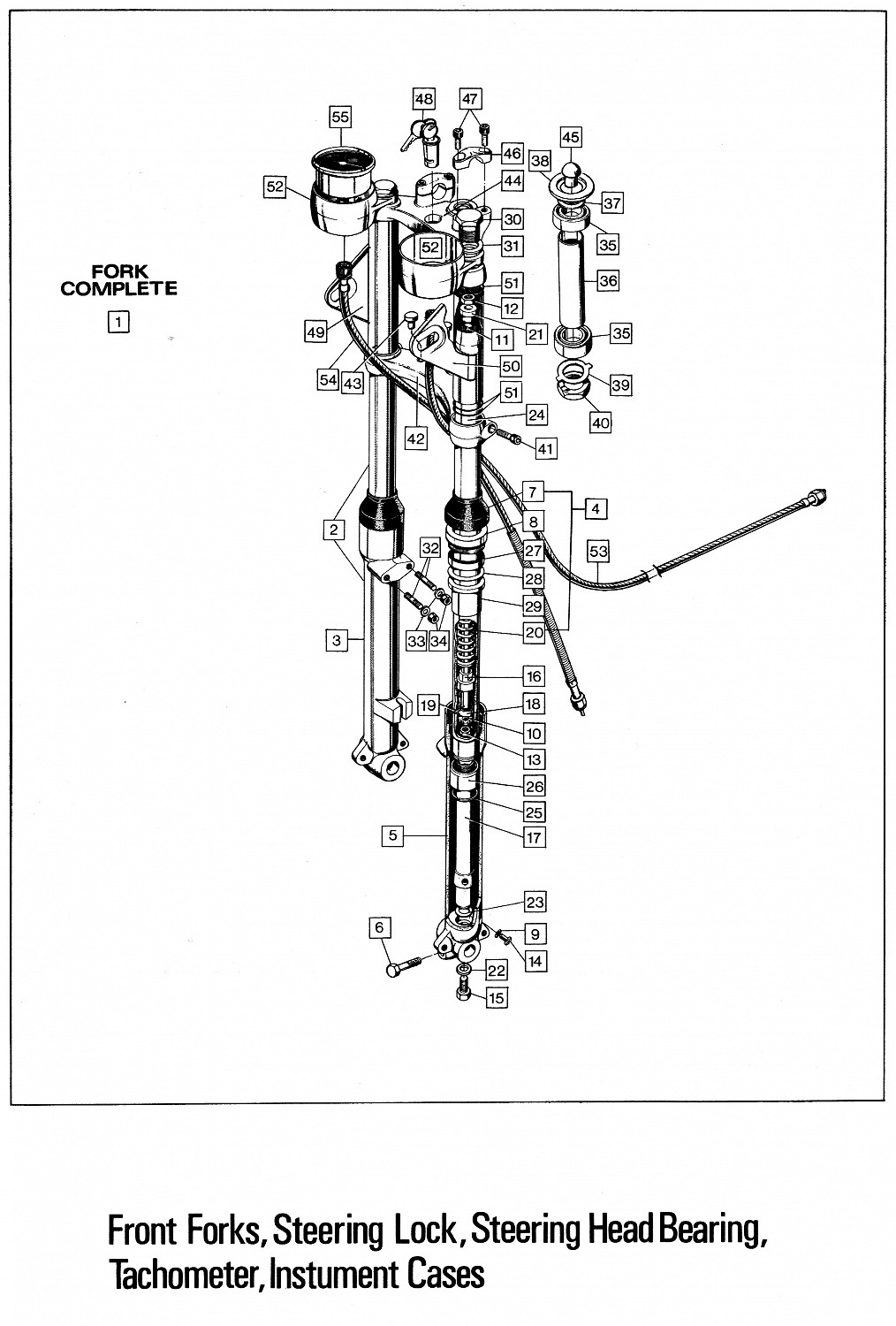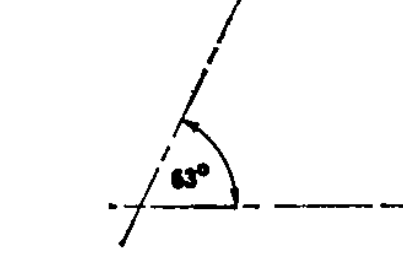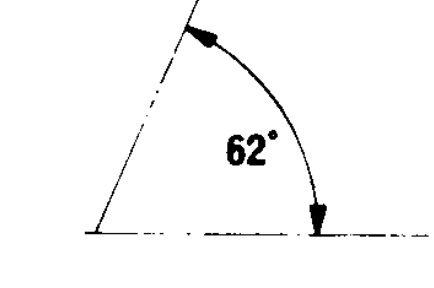baz
VIP MEMBER
- Joined
- May 26, 2010
- Messages
- 8,172
As I understand it the later 1° de raked yokes should not be used on the early 27° frame
But the earlier parallel yokes can be used on either frame
Also I may be wrong but I believe the CNW yokes are bored parallel and are used on either type frame
But the earlier parallel yokes can be used on either frame
Also I may be wrong but I believe the CNW yokes are bored parallel and are used on either type frame




